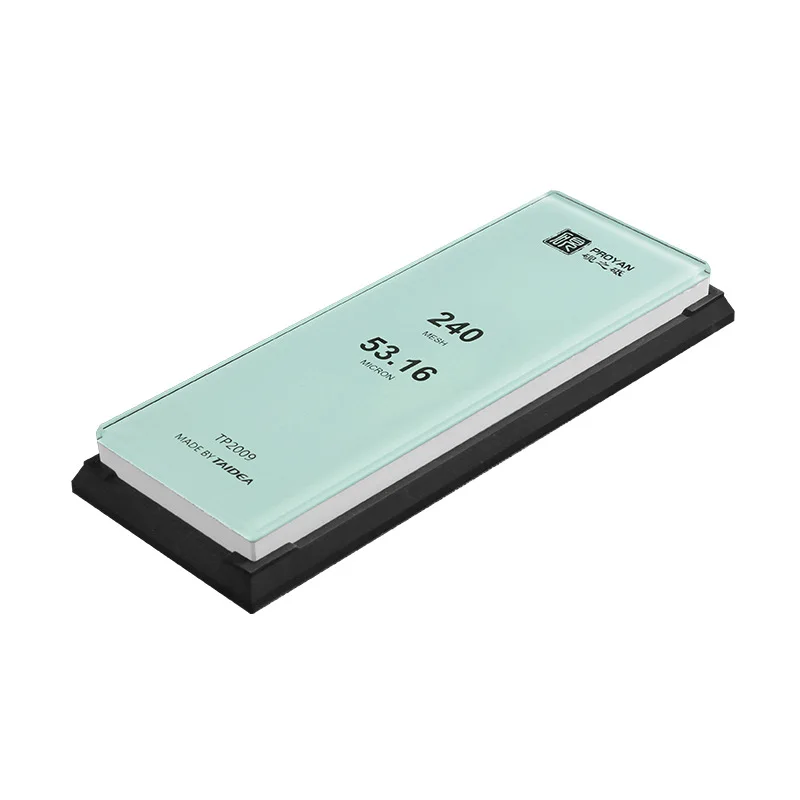Anyone have a 6", or an 8" ultra fine ceramic sharpening stone ? How do you like it ? Any tips or tricks ?
I have up to 6000 grit water stones but wondering what more an ultra fine ceramic stone can give me ? Or if it's even worth it ?
Thanks for the help.
I have up to 6000 grit water stones but wondering what more an ultra fine ceramic stone can give me ? Or if it's even worth it ?
Thanks for the help.

